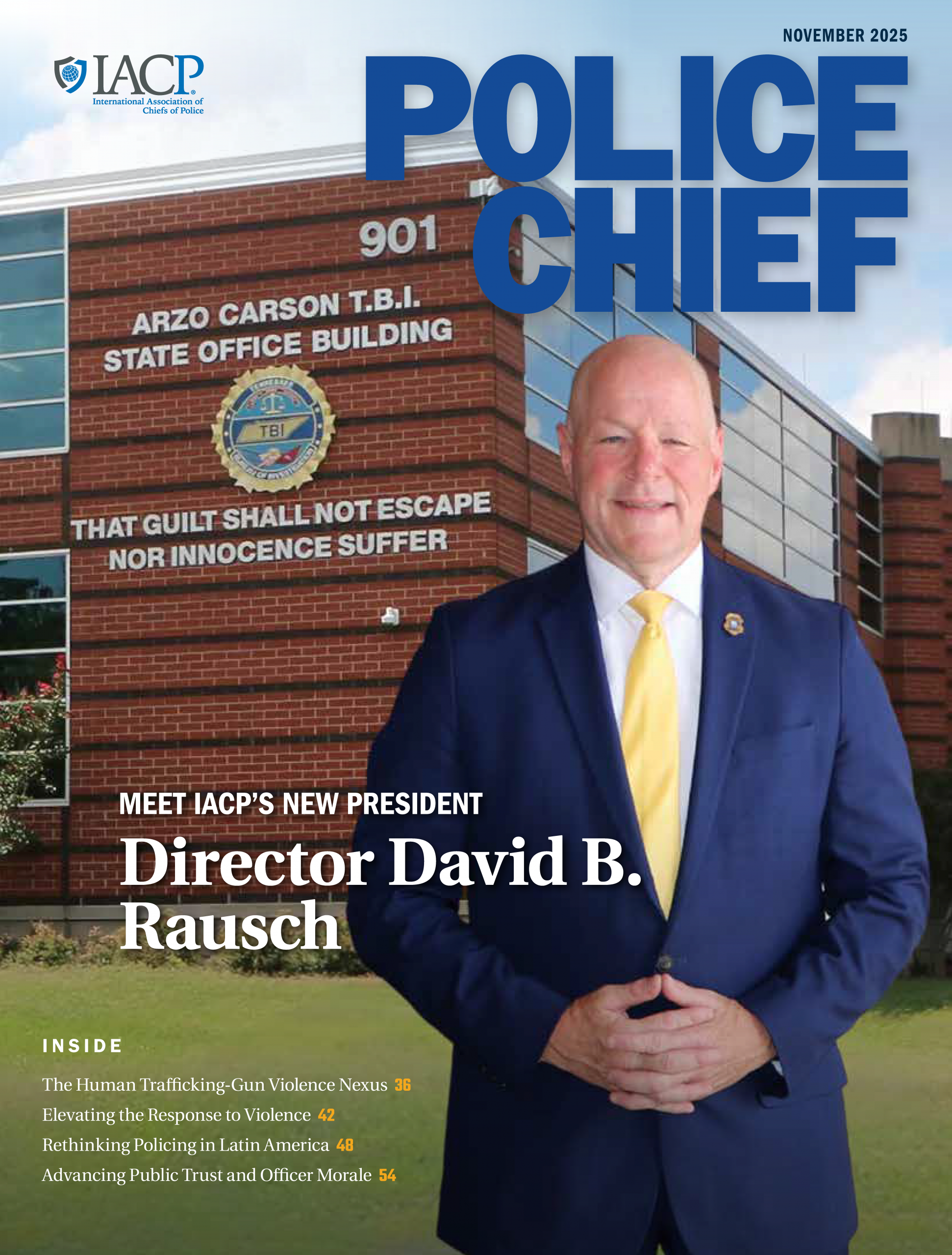The global threat of terrorism is evolving. Years of concerted effort on behalf of law enforcement and military forces have appeared to reduce the capabilities of terrorist organizations to mount large-scale 9/11-like attacks and have instead led them to shift their tactics to lone wolf, self-radicalized violence.
For example, over the past year, Islamic State of Iraq and the Levant (ISIL) members and supporters have threatened retaliatory violence against the United States, Canada, Western countries, and countries around the globe in response to ongoing airstrikes in Iraq and Syria.
In October 2014, Ottawa, Canada, experienced two separate attacks that resulted in two deaths and three injuries of Canadian military and law enforcement personnel.1 In December 2014, a lone gunman hostage crisis in Sydney, Australia, resulted in the death of two hostages and the injury of several others.2 Most recently, Paris, France, experienced separate but coordinated attacks that resulted in the deaths of 12 people at the satirical newspaper Charlie Hebdo, a police officer in a Paris suburb, and four hostages at a kosher supermarket in eastern Paris.3
Ongoing tensions and the ability of ISIL and its supporters to successfully recruit followers has also contributed to further threats from homegrown violent extremists and lone wolf–style attacks. In addition, ISIL English-language messaging has proven its ability to produce sleek, visually appealing propaganda that is received enthusiastically and shared widely by ISIL supporters on social media. The rapid proliferation and impact of this messaging has demonstrated that ISIL propaganda is just as effective as that of al Qaeda, if not more so.
ISIL and its online supporters will almost certainly continue the online campaigns that have gained mainstream media attention and will continue to reach a global audience of potential violent extremists and encourage individuals to commit further acts of violence.
These threats we are facing globally are real, ever growing, and increasingly more dangerous. Our federal counterterrorism partners face an increasing challenge in detecting terrorist plots by individuals or small groups acting quickly and independently. Law enforcement must do everything it can to assist in preventing and thwarting these attacks. Federal, state, local, tribal, and private sector partners all play a critical role in identifying and reporting suspicious activities and raising awareness.
To effectively identify and counter radicalization to violence, it is essential that law enforcement develop and maintain positive relationships, trust, and transparency with the diverse communities they serve. These relationships take time to form and a sustained effort to maintain. In order to do this, law enforcement must get to know their communities and educate themselves about the customs, history, and religions of the different groups within the communities. In most instances, the onus rests with the police to take the lead and initiate contact with a community and build a relationship.
It is also imperative that collaboration occur and that law enforcement leverage the strength of public and private partnerships. A collaborative, all-hands-on-deck approach will allow law enforcement to utilize resources from the entire community, broadly share valuable information, and increase public recognition and visibility of countering violent extremism initiatives.
Law enforcement can also use social media as a powerful tool to prevent attacks. Social media (e.g., Facebook, Twitter) can be used to remain aware of current community issues and concerns, push out messages to the community, and address questions and concerns in real time.
Law enforcement and its partners can also serve as educators to make the public aware of ISIL and violent extremism efforts. Arming the public with knowledge of efforts will help them to be more cognizant of potential plots and suspicious behaviors within their communities.
I encourage you to take a look at several of the resources that the IACP has for law enforcement agencies related to countering radicalization to violence and the use of community policing strategies at www.theiacp.org/counteringviolentextremism. Those resources include several awareness briefs, various publications, and videos.
The challenges that members of the law enforcement profession are faced with on a daily basis continue to grow. From domestic incidents to larger global threats like ISIL and its supporters, we must continue to remain vigilant in our public safety mission. The best and most effective way to do this is through community policing and partnerships.♦
Notes:
1Ashley Fantz, Josh Levs, and Catherine E. Shoichet, “‘Terrorist’ Murdered Soldier ‘in Cold Blood,’ Canada’s Prime Minister Says,” CNN, October 23, 2014, http://www.cnn.com/2014/10/22/world/americas/canada-ottawa-shooting (accessed January 15, 2015).
2Lincoln Feast and Colin Packham, “Police Storm Sydney Cafe to End Hostage Siege, Three Dead,” Reuters, December 15, 2014, http://www.reuters.com/article/2014/12/15/us-australia-security-idUSKBN0JS0WX20141215 (accessed January 15, 2015).
3Mariano Castillo, “Following the Tangled and Treacherous Trail after France Terror Attack,” CNN, January 14, 2015, http://www.cnn.com/2015/01/13/europe/france-charlie-hebdo-attack-trail (accessed January 15, 2015).
Please cite as:
Richard Beary, “The Global Threat of Violent Extremists,” President’s Message, The Police Chief 82 (February 2015): 6.
|


